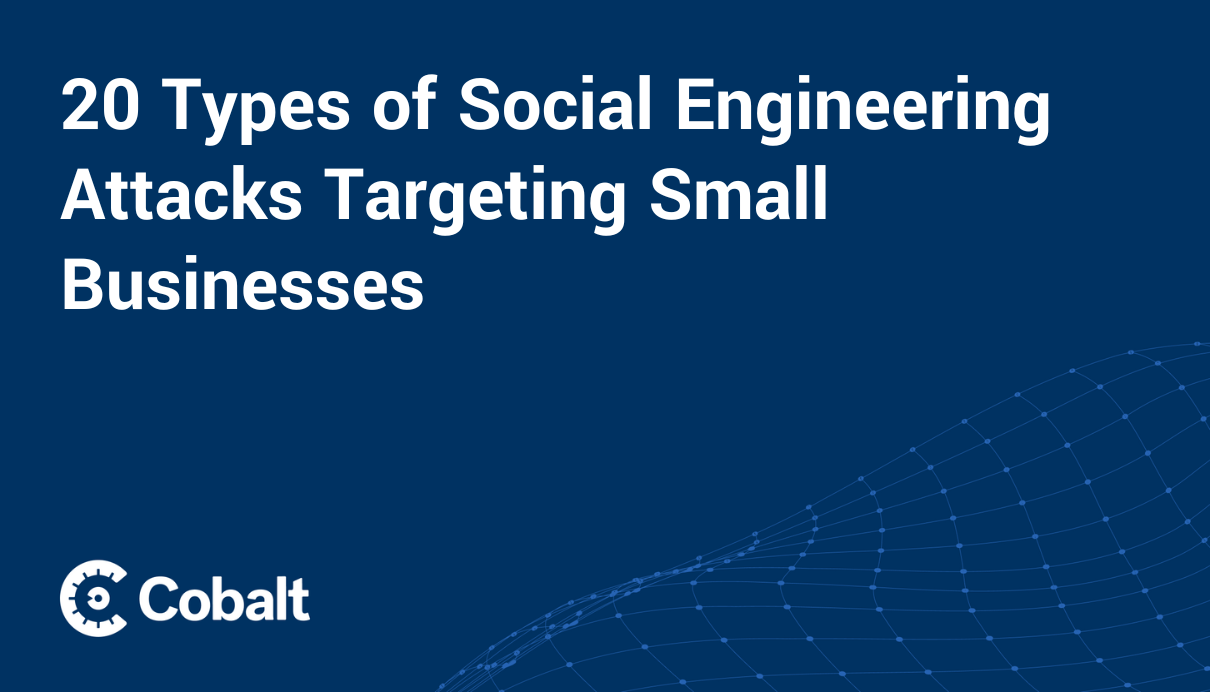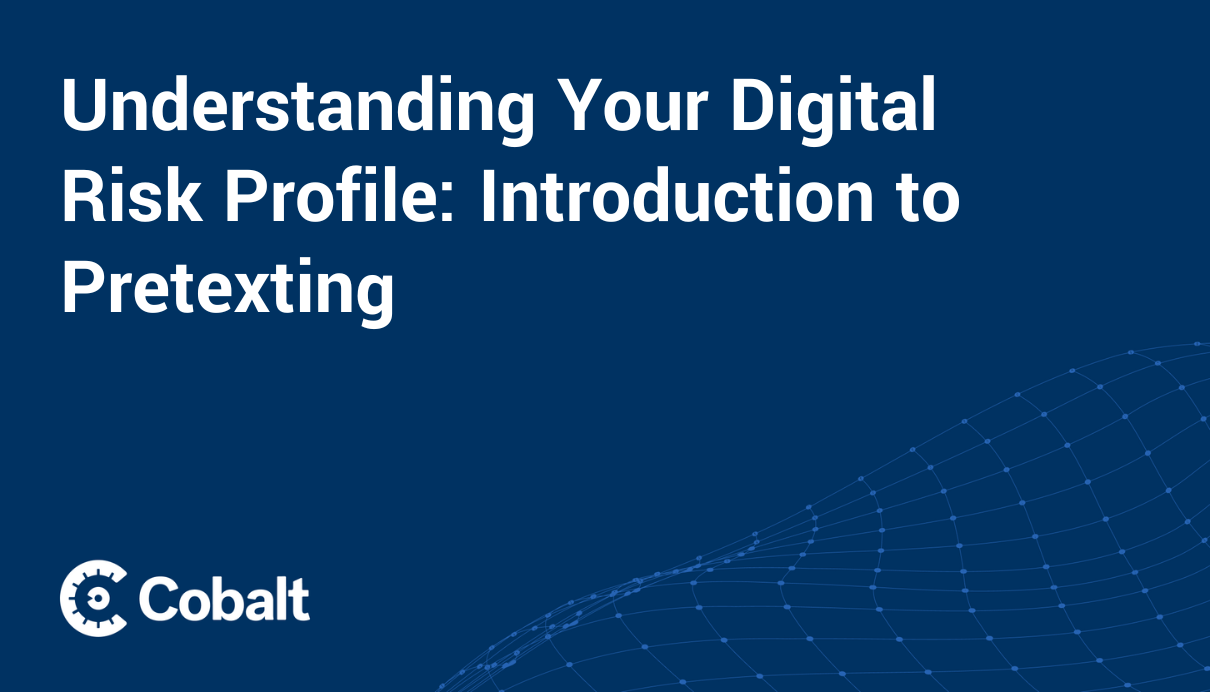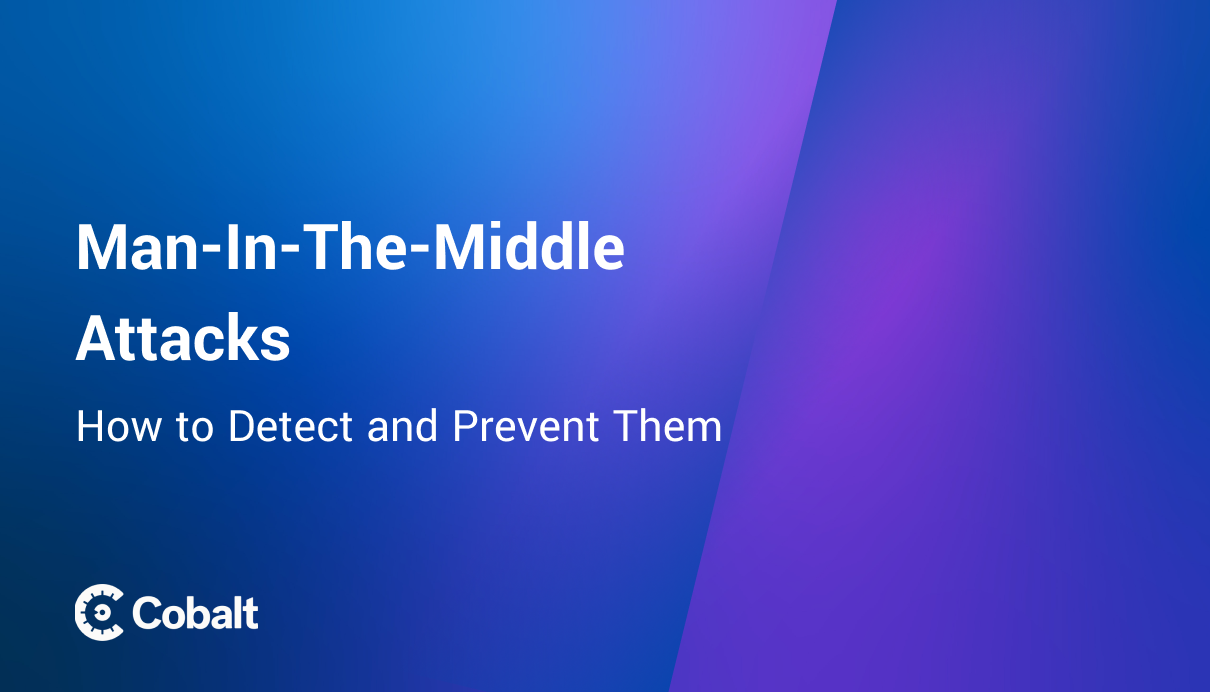Cybersecurity is an important topic for all businesses. Being the victim of a cyberattack has many dire consequences. For example:
- Around the world, cyberattacks are predicted to cost $9.5 trillion USD in 2024
- Cyber insurance premiums in the US rose by 50% in 2022
- Remote work increases the average cost of a breach by over $170,000
- On average, the cost of responding to a ransomware attack was $1.82 million in 2023, not including the ransomware payment itself
Those are only a few of the security statistics.
Most practitioners understand — it’s costly to recover from a cyberattack, and the cost of insuring yourself is increasing rapidly.
One outcome of a cyberattack that isn’t typically listed in the dollars and cents analyses is the effect a cyberattack can have on your business’ brand. While determining the cost of brand abuse may be more indirect than the actual cost of recovering from a cyberattack, the effects can be just as devastating.
What is Brand Abuse?
Brand abuse is the unauthorized use of a brand’s name, logo, or various branding elements for malicious purposes.
In today’s environment, buyers get much of their information about companies from online. A loyal customer will often stay in touch with their favorite companies for years. This is the power of branding. But this digital engagement also creates fertile ground for brand abuse.
Cybercriminals abuse popular brands to deceive customers into sharing sensitive information or money. This not only damages trust with customers and results in potential revenue loss, but also can produce serious legal problems.
And, cybercriminals are getting better at it all the time.
Types of Brand Abuse
Criminals can use a brand’s trademarks or logos fraudulently. Or they can impersonate brands. This practice can jeopardize a company’s legal standing when fraudulent activities are conducted in the company’s name. Common types of brand abuse include the following.
Domain Names that Imitate a Company’s Website
The term “typosquatting” refers to situations where a scammer creates a domain name that is close to your domain name and uses the website associated with the domain name to scam buyers.
If scammers use typosquatting, they often depend on the victim’s lack of attention to the domain name on the fake site. They may do things like use a zero in place of an “o” and if the victim just glances at the URL, it looks close enough to be mistaken for the real thing. Typosquatting refers to scammers who use domain names with common misspellings of words in a brand’s web address.
Emails are also used — often in association with phishing attacks. Many consumers are accustomed to emails coming from an email address that includes “email.brandname.com.” A scammer can create the domain name “emailbrandname.com” and oftentimes, the lack of a period after the word email fools victims who just glance at the From address.
Website Cloning
Industrious scammers send unsuspecting consumers to a cybersquatting website. Not only does the scammer fool people with the domain name, but they can also create a web page that looks similar enough to your website to fool the visitors a second time.
Phishing Emails
Phishing emails are a continuing problem. In 2023, 36% of US data breaches started with a phishing attack. Further, phishing attacks were in second place in terms of the cost of resolving problems caused by stolen credentials.
Once cybercriminals have a logo, they can mount a phishing scam where a malicious email is created using your logo to make it look legitimate. They then send emails to employees that contain malicious links or attachments.
Depending on your level of security controls, once the recipient of a phishing email clicks on the links or opens the attachments, the scammers can do things like get access to the employee’s credentials, access your systems, or place malicious code in your servers. Scammers also use phishing emails to scam your customers, typically to fool them into revealing personal information.
Social Media Impersonation
Social media is a significant resource for cybercriminals who are using your logo or other intellectual property to impersonate your company. The scammers can spread inaccurate information about your brand, obtain personal information from your customers, defraud your customers, and ruin your reputation.
How to Prevent Brand Abuse
Brand abuse flourishes in a digital world. Every business needs to address the issue of keeping their brand and their reputation safe. Establishing trust within your industry and with your customers has taken a significant amount of work. And, that trust is a priceless asset for your business.
Protecting your brand requires a proactive approach. There are typically four steps involved:
- The critical first step is to discover what you might not know about through Digital Risk Assessment.
- The next step for mitigating risk is to determine if any of your data has been compromised.
- The entire staff needs to know what their part is in keeping the company safe from cybercriminals.
- The gaps in your security strategy must be identified and addressed.
Therefore, you need to start building your brand abuse strategy with a discovery phase. An assessment of your risk gives you the opportunity to find security issues and evaluate exposure.
This assessment should dig into the data that is available on the internet to assess your threat exposure. For example, the assessment will reveal outside attempts to identify the sensitive data in your systems. This includes analyzing public resources such as media, public records, and cyberattack indicators among others. You’ll also need to analyze information from a scammer’s perspective to identify issues and assess exposure.
Cobalt can help. Most companies don’t have the tools or in-house expertise required to perform a Digital Risk Assessment. Cobalt experts can augment your existing IT teams to bring the level of knowledge you’ll need to make sure your brand is secure.
Cobalt was a pioneer in the Pentest as a Service (PtaaS) space. In fact, Cobalt’s 400+ Core is comprised of some of the best and brightest security researchers with only 5% of applicants accepted into the community. They get into the minds of cybercriminals to find and help mitigate vulnerabilities that could cause disastrous problems for your business.
If you don’t have a brand protection strategy and process in place in your business, consider creating one; and if you need assistance, consider contacting a Cobalt expert.








